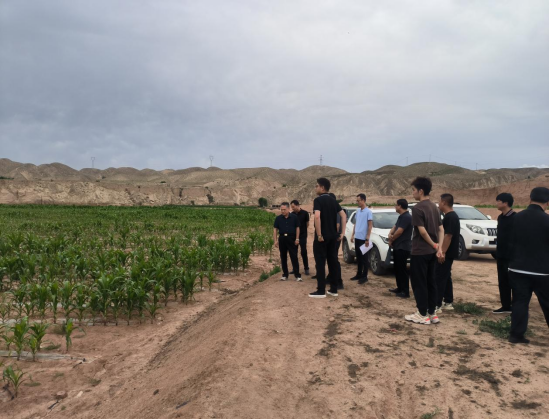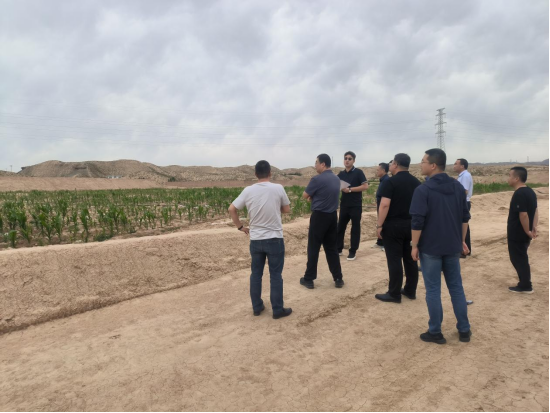
News
(Reported by correspondent Wei Tao) In Gangouyi Town, Huining County, Gansu Province, the land that was once abandoned due to saline alkali flooding is now rolling with green wheat waves. The urban and rural construction land increase and decrease linkage project, undertaken by our company with a total investment of 20 million yuan, has yielded fruitful results on this 600 acre saline alkali beach.

Innovative Governance: Building an "Ecological Barrier" with Sand, Stone, and Straw
Our company is facing severe salinization of land and using a combination of scientific alkali treatment methods:
Physical Salt Separation: A unique 30cm thick sand and gravel mixed straw isolation layer is used to block the upwelling of underground salt;
Chemical alkali reduction: precise application of desulfurization gypsum reduces soil pH from 9.6 to below 7.5;
Biological soil stabilization: planting salt alkali tolerant green manure crops to increase soil organic matter content.
This is like performing a 'dialysis surgery' on the land, "said Wang Gong, the project technical leader, pointing to the layered construction drawings." The isolation layer is a protective shield, the desulfurization gypsum is a neutralizing agent, and finally green manure is used to activate the soil fertility
Linking the increase and decrease of two indicators: replacing land indicators with the "hematopoietic code"
Our company has deeply integrated the management of abandoned mines with the ecological restoration of saline alkali land and agricultural development through the "urban-rural construction increase and decrease linkage project", exploring a new path of green transformation. Through the increase and decrease linkage policy, we have solved the funding dilemma and reclaimed scattered and abandoned saline alkali land into concentrated contiguous farmland. This project not only effectively restores the ecological functions of the area, but also significantly activates the economic value of land, achieving the transformation of saline alkali land into high-quality arable land. The reclaimed agricultural land now has the conditions for planting crops such as wheat and corn, providing important resource support for promoting local agricultural quality improvement and increasing efficiency, as well as sustainable income growth for farmers.
